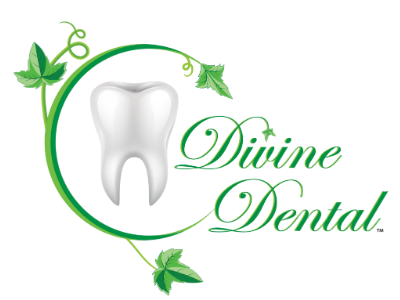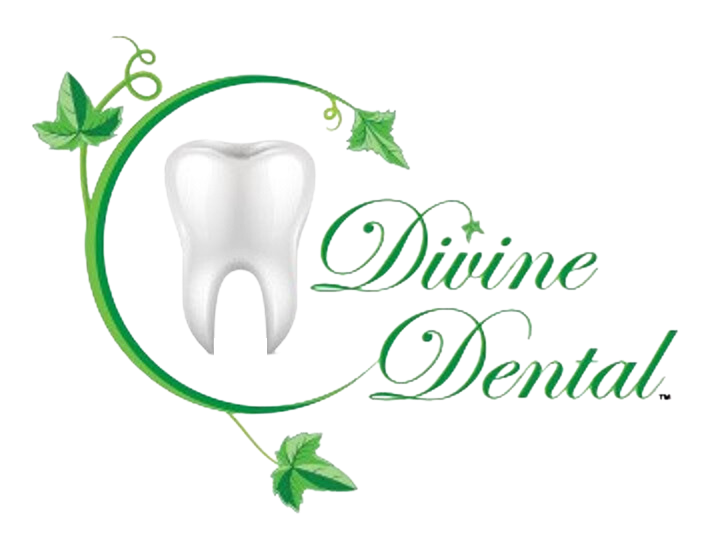Understanding Dental Insurance: Get The Coverage You Need
Dental insurance plays a crucial role in maintaining oral health by providing coverage for a wide range of dental services. It is designed to help individuals and families manage the costs associated with dental care and treatment. Understanding the ins and outs of dental insurance can be overwhelming, but it is essential to choose the right plan that suits your needs. This includes understanding key terms such as coverage, benefits, and maximum coverage limits.
By familiarizing yourself with these terms, you can make informed decisions about your dental insurance policy and ensure that you have the necessary coverage for routine exams, preventive care, and even major procedures such as root canals or oral surgery. Remember, dental insurance can help you save on out-of-pocket expenses and prioritize your oral health. With the right knowledge and understanding, you can make the most of your dental insurance and get the coverage you need.

What is Dental Insurance?
Dental insurance is a type of insurance that provides coverage for various dental services and procedures. Its purpose is to help individuals and families manage the costs associated with dental care. Dental insurance typically covers a range of services, including preventive care, basic procedures, and major services.
There are several types of dental insurance plans available. One common type is a preferred provider organization (PPO) plan, which allows policyholders to choose from a network of dentists and specialists who have agreed to provide services at pre-negotiated rates. Another type is an indemnity plan, which allows policyholders to visit any dentist they choose but may involve higher out-of-pocket costs.
Dental insurance can help cover the costs of routine exams, cleanings, X-rays, and fluoride treatments. It can also provide coverage for more extensive procedures such as root canals, oral surgery, and orthodontic treatments. However, it's important to note that each dental insurance policy may have its own coverage limitations and exclusions.
Coverage and Benefits
Dental insurance plans typically provide coverage for a wide range of common dental procedures. These can include routine exams, cleanings, X-rays, and fluoride treatments. These preventive care services are essential for maintaining good oral health and can help catch any potential problems early on.
However, it's important to understand that each dental insurance policy has its own set of limitations and exclusions. Some procedures, such as cosmetic dentistry or orthodontic treatments, may have limited coverage or may not be covered at all. It's important to review the policy details carefully to understand what is included and what is not.
Additionally, dental insurance plans often have annual maximums and deductibles. The annual maximum is the maximum amount that the insurance company will pay for covered procedures within a year, while the deductible is the amount the policyholder must pay out-of-pocket before the insurance coverage kicks in. These amounts can vary depending on the plan, so it's important to be aware of these figures.
Finally, preventive care coverage is a key benefit of dental insurance. Many plans fully cover preventive services such as exams, cleanings, and X-rays. These services are crucial in preventing dental problems and maintaining a healthy smile. Dental insurance can help offset the costs of these preventive services and encourage regular dental visits.
Understanding the coverage and benefits of your dental insurance plan is essential for making informed decisions about your oral healthcare. Be sure to review the policy details and consult with your insurance provider to fully understand what your plan covers and how it can help you maintain a healthy smile.
How to Choose the Right Dental Insurance Plan
Choosing the right dental insurance plan requires careful consideration of your personal dental needs, comparing plan options, and considering costs and premiums.
Firstly, assess your personal dental needs. Consider what dental procedures you anticipate needing in the near future, such as routine exams, cleanings, or more extensive treatments like root canals or oral surgery. Understanding your specific dental needs will help you determine which plan offers the most appropriate coverage for you.
Next, compare different plan options. Look for plans that cover the procedures you need the most. Consider the network of dentists affiliated with each plan and ensure that there are providers conveniently located near you. Take note of any waiting periods associated with certain procedures or services, as this may impact your ability to receive immediate treatment.
Additionally, consider the costs and premiums associated with each plan. Review the monthly premium amounts and determine if it fits within your budget. Take note of any deductibles or out-of-pocket expenses you may be responsible for. Compare the annual coverage maximums offered by different plans to ensure they align with your anticipated dental needs.
By carefully assessing your dental needs, comparing plan options, and considering costs and premiums, you can find the right dental insurance plan that provides the coverage you need at a cost you can afford. Remember to review the policy details carefully to understand the limitations, exclusions, and coverage levels of each plan.

Understanding Dental Insurance Terms
When navigating dental insurance policies, it's essential to familiarize yourself with key terms and their definitions. Here are some commonly found terms in dental insurance policies:
- Premium: This is the amount you pay each month for your dental insurance coverage.
- Deductible: The deductible is the amount you must pay out of pocket before your insurance coverage begins. It is typically an annual amount.
- Network Dentist: A network dentist is a dental care provider who has a contract with the insurance company to provide services at reduced fees to members of the insurance plan.
- Copayment: This is the fixed amount you pay for specific dental services or procedures. It is usually a percentage of the total cost.
- Annual Coverage Maximum: This refers to the maximum amount that the insurance company will pay in a calendar year for your dental care. Once this limit is reached, any additional expenses will be your responsibility.
- Waiting Period: Some dental insurance plans have waiting periods, which are specified periods of time that you must wait before certain dental services or procedures are covered.
- Preventive Care: This includes routine exams, cleanings, and X-rays to help maintain good oral health and prevent dental issues.
By understanding these key terms, you will be better equipped to assess and compare dental insurance policies accurately. Remember to review the terms and conditions of each policy thoroughly to ensure you choose the coverage that best meets your needs.
Maximizing Dental Insurance Coverage: Tips for Utilizing Benefits Effectively
Utilizing your dental insurance benefits effectively can help you maintain good oral health while also minimizing out-of-pocket expenses. Here are some tips to help you maximize your dental insurance coverage:
- Understand your coverage: Familiarize yourself with the details of your dental insurance policy, including the types of procedures covered, the network of dentists available to you, and any waiting periods or limitations. Being informed about your coverage will help you make informed decisions about your dental care.
- Schedule regular check-ups: Regular dental check-ups are not just essential for maintaining good oral health, but they are also often covered under preventive care services by dental insurance plans. Take advantage of these covered preventive services by scheduling routine exams, teeth cleaning, and X-rays. These visits can help detect any potential dental issues early on, preventing more extensive and costly procedures in the future.
- Opt for preventive care: Preventive care, such as fluoride treatments and sealants, can help protect your teeth and prevent cavities. Many dental insurance plans fully or partially cover these preventive services. By taking advantage of these covered procedures, you can save money in the long run by avoiding more extensive dental treatments down the line.
- Utilize your annual coverage maximum: Dental insurance policies often have an annual coverage maximum, which is the maximum amount the insurance company will pay toward your dental care in a calendar year. Make sure you are aware of this limit and plan your treatments accordingly to make the most of your coverage. If you have multiple dental needs, prioritize the most essential procedures to stay within your coverage limit.
- Consider in-network dentists: Insurance plans often have a network of dentists who have agreed to provide services at reduced fees to plan members. Considering an in-network dentist can help you maximize your coverage and reduce your out-of-pocket expenses.

Conclusion
In conclusion, obtaining the right dental insurance coverage is crucial for ensuring that you receive the dental care you need without incurring excessive out-of-pocket expenses. By understanding the details of your insurance policy and utilizing the benefits it offers, such as preventive care services and regular check-ups, you can maintain good oral health and prevent major dental issues in the future.
Additionally, being aware of your annual coverage maximum and choosing in-network dentists can help you make the most of your insurance coverage and minimize your costs. Remember, prioritizing your dental health and utilizing your dental insurance benefits effectively can lead to both financial savings and a healthy smile.




